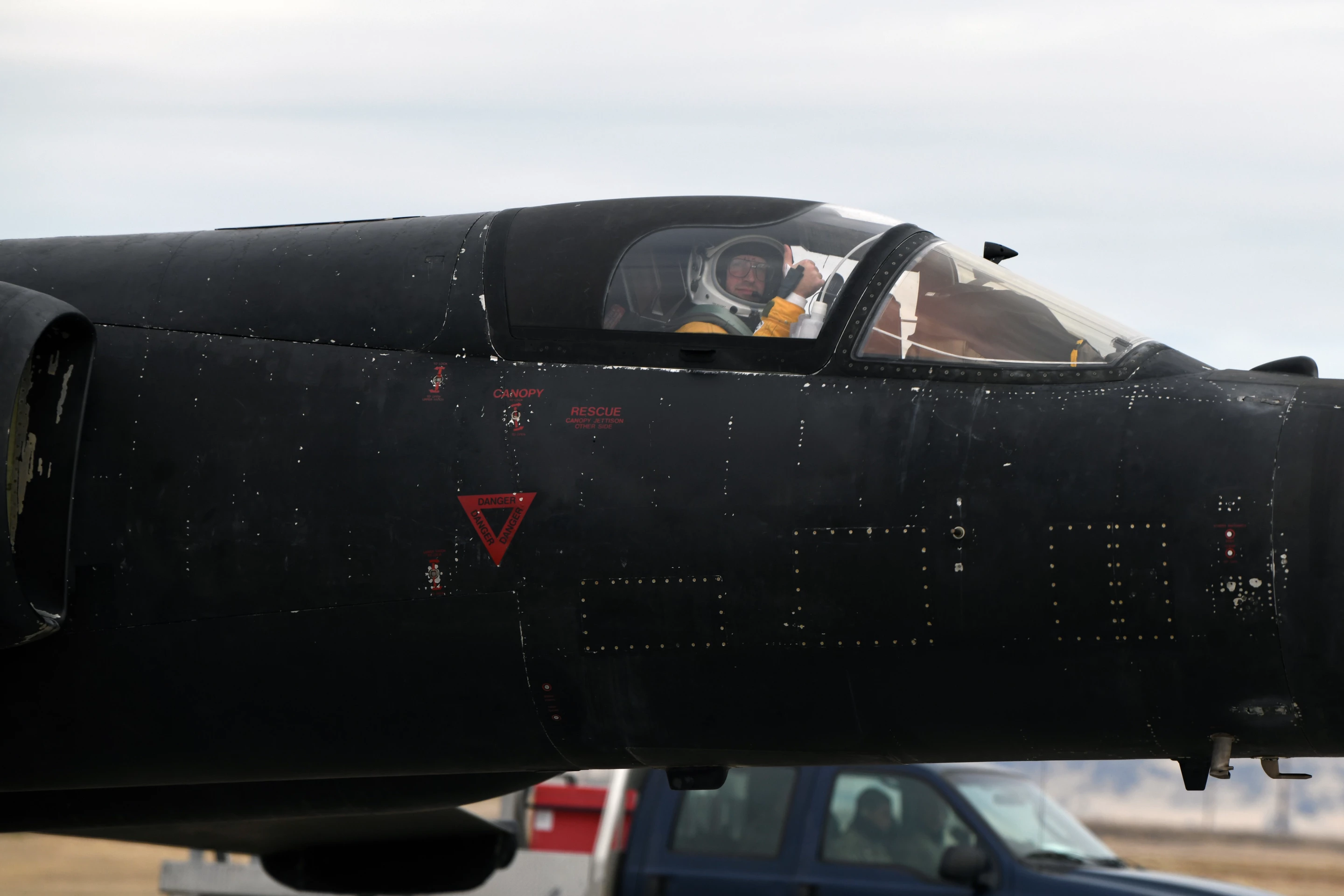A US Air Force jet has became the first military aircraft to have an artificial intelligence algorithm serve as the co-pilot. On December 15, 2020, a U-2 Dragon Lady high-altitude reconnaissance aircraft attached to the 9th Reconnaissance Wing and piloted by Major "Vudu" took off from Beale Air Force Base, California with an AI algorithm called ARTUµ providing assistance during the test flight.
The result of three years of development, ARTUµ was designed and trained by the US Air Force Air Combat Command’s U-2 Federal Laboratory to carry out specific in-flight tasks that would normally be tended to by the pilot. For the test flight, the AI handled the sensors and tactical navigation to help ward off a simulated anti-aircraft missile attack from another dynamic computer algorithm during a reconnaissance mission.
Once in the air, ARTUµ took over sensor control using insights the algorithm had gained from half-million computer simulations. The pilot and ARTUµ worked as a team, with the AI looking for enemy missile launchers and the pilot flying the aircraft and looking for enemy aircraft. Both pilot and co-pilot used the same radar system.
The purpose of the test flight was to show that ARTUµ was functional and could cooperate with a human pilot to carry out tasks that would free the pilot to concentrate on more important matters. The ultimate goal of the project is to refine the technology based upon data from the demonstration flight and to make it transferable to other systems.
"Blending expertise of a pilot with capabilities of machine learning, this historic flight directly answers the National Defense Strategy’s call to invest in autonomous systems," says Secretary of the Air Force Barbara Barrett. "Innovations in artificial intelligence will transform both the air and space domains."
Source: US Air Force







